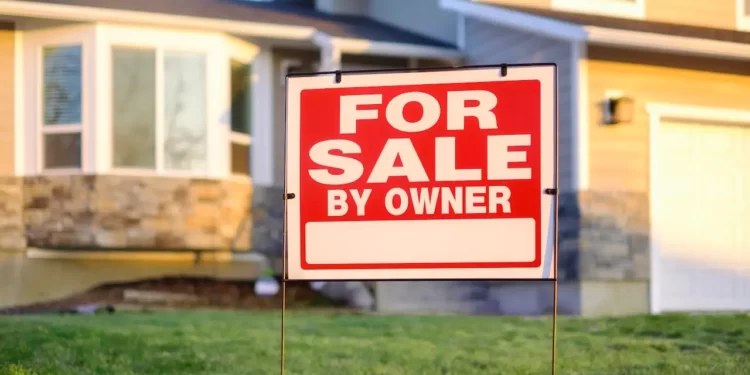Experienced investors understand how the real estate business works and plan and strategize according to the existing housing conditions in the market. For amateur investors, it is crucial to learn the workings of the market to ensure the highest returns and enjoy long-term security, protection against inflation, and diversification.
But to understand the property market, you must know about the real estate cycle, a series of events that affect the business’s supply, demand, and other economic factors. Understanding that helps you understand the present and future market conditions.
Whether you are an active or a passive investor investing in multifamily Class B and C properties along with a private equity firm, knowing the cyclical nature of the property market will help you make informed investment decisions.
But what are some things about the cycle you should know, especially if you’re a first-time investor?
Duration of real estate cycles
According to most experts, the average duration of a property cycle is between 8 to 10 years, while others believe it is 7 years. The exact time depends on many factors, including demand and supply.
What are the four stages?
Any property cycle consists of four stages: recovery, expansion, hyper-supply, and recession. Here is more information on them in detail.
Recovery
Also known as the Buyer Phase 1, it is an excellent time to buy properties because of the attractive prices. It is the longest stage of a property cycle, characterized by high supply, falling prices, low demand, bank foreclosures, high unemployment, and overpriced new construction.
Expansion
Most investors prefer buying properties during the expansion phase, also known as the Buyer Phase 2. However, favorable market conditions last for a short time before the prices again start to increase.
Even though buying during this phase does not guarantee maximum appreciation, it ensures a risk-adjusted return (risk involved in obtaining the return).

The real estate business in this phase is marked by restricted oversupply, faster property selling time, and gradually increasing rentals and renovations on existing properties.
Hyper supply
Investors refer to it as Seller Phase 1. It is marked by a low supply of properties in the market, faster selling time, high development and speculation, low unemployment, increasing rent prices, and higher demand for properties.
You should avoid buying properties until the business presents a more favorable environment. Instead, you could try researching and exploring newer investment opportunities when the opportunities arrive.
Recession
Known as Seller Phase 2, it’s when a property’s time in the market begins to increase, the number of properties rises, sellers receive inflated prices, demand for construction grows significantly, and the growth of rental prices is slow.
The best strategy during a recession is to sell your investment or property share, and you should avoid investing during this time at all costs.
Multifamily properties and real estate cycle
Investing in Class B and C properties is vital to understanding the property cycle. For example, it helps passive real estate equity firms understand what stage a selected market is in and plan strategies in the short and long term to maximize returns.
Knowing about the real estate cycle helps you make wise investment decisions and ensure you receive the highest return on your investment. You should analyze and know which part of a cycle a market is in before deciding to invest or sell.






